Paleontology and Fossils
Zebra River Lodge is also home to some of the earliest occurrences of shelly fossils in the world. The ground breaking discovery of Namacalathus Hermanastes here on the farmstead in 2006 has greatly aided the field of paleontology and revealed more about the evolutionary history of life.
First discovered by a team of scholars from the Massachusetts Institute of Technology in 2000 the Namacalathus Hermanastes was known only to the Nama sequence here in Namibia. More recently, evidence of Namacalathus Hermanastes has been found in Oman, Siberia and Canada, but Namibia remains the key focal point for further study. Since the findings here at Zebra River Lodge, leading geologists from all over the world regularly visit us to explore the terrain and further their knowledge of this phenomenal shelly fossil.
Below in the gallery you can see Namacalathus Hermanastes This is a metazoan fossil from an early reef dwelling organism which dated back approximately 550 million years. This organism is also one of the first hard bodied living organisms with a shell. These small shelly fossils are mineralized fossils that have been trapped and thus well preserved within limestone sedimentary layers.
Research indicate that it is closely related to modern day jellyfish and corals. It has a unique goblet-like shape on a stalk of up to 30mm long. The Stalk is hollow and tapered from the bottom. The narrow top of the stalk connects to the goblet. The goblet is hollow and has a large hole in the top with the shell curving over forming a type of lip to the goblet. Around the side of the globe are six or seven symmetrically arranged holes, and in turn each hole also has its own type of lip.
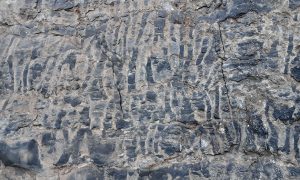
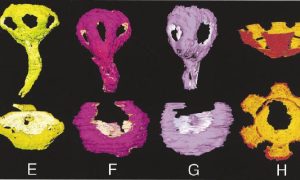
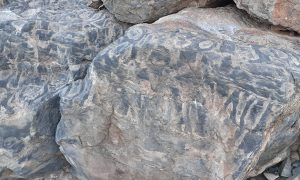
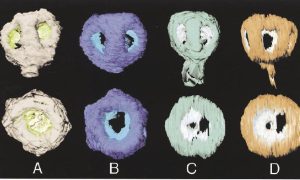
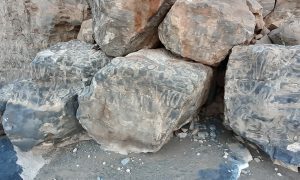
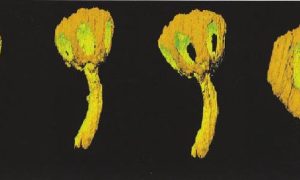
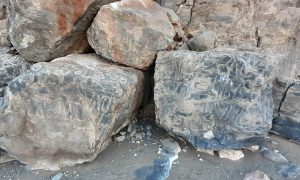

Further insight
If you are more interested and need further information, we have collected a few for you:
Some scientific publications:
An earth science review of the Orange-Fish River Basin, Namibia
Digital Reconstructions of Fossil Morphologies, Nama Group, Namibia
Please also visit our page about Geology
